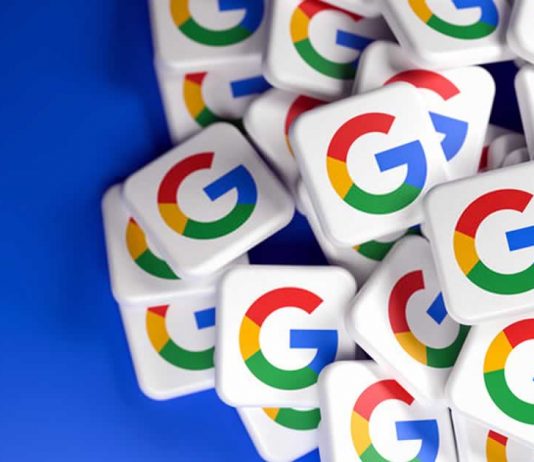After many years of experience with open-source audio and video codecs, Google is apparently also working on the implementation of free alternatives to Dolby formats — Dolby Vision and Dolby Atmos.
This is reported by Protocol, citing an internal presentation that the team was able to see, and the plan is known as Project Caviar. According to the so-called Project Caviar, HDR formats and a format for 3D audio are to be implemented.
Dolby Vision is an advanced HDR format used in the top 4K TVs, while Dolby Atmos is supported in most top soundbars and is currently a huge selling point.
The big idea Google promises manufacturers is that the two new formats would be royalty-free, meaning manufacturers wouldn’t have to pay Google a fee to include support. According to some reports, Dolby Vision can cost up to $3 per device to include, while the cost of Dolby Atmos is unknown. AV aficionados will note here that there is already a royalty-free alternative to Dolby Vision: HDR10+.
It looks like YouTube is Google’s main focus — the streaming site currently supports basic HDR (known as HDR10), but not the more advanced version of Dolby Vision or HDR10+. And it doesn’t support any 3D audio standard —the two currently in use are usually Dolby Atmos and DTS:X, but Atmos is by far the best-supported option.
However, the new formats would also benefit Android phones. iPhones include support for Dolby Vision and Atmos, but you don’t usually get it on Android. Samsung does support HDR10+ and Dolby Atmos.
Google is surely hoping it can persuade Netflix, Disney and others to support its new formats, so you can get the same quality of HDR and audio on all Android devices when streaming as you get on iPhone.
There’s no good reason for Dolby to be fooling around here. The price of including Dolby Vision and Dolby Atmos support in the hardware is a notable chunk of the total price for something like streaming, which allows hardware manufacturers to avoid these costs.
However, Dolby has essentially been left to cement the idea that its formats are the best way to watch, which will be very hard to reverse. Dolby doesn’t charge streaming services to support Dolby Vision or Atmos, which is why they’re used on Netflix, Apple TV Plus, Disney Plus, Paramount Plus, Blu-ray and more. Dolby has embedded its name as the thing you need if you want the best quality movies and TV.
So purely on the desirability and name recognition, Google faces an uphill battle. Even if Google’s new formats are as good as Dolby’s, they’ll still struggle to make people believe they are — and Dolby will improve its performance to ensure people stick with them.
Remember that Google is not the first company to try to design an alternative to Dolby formats. Samsung, in particular, resisted for a long time before co-developing HDR10+ as a royalty-free alternative to Dolby Vision.


